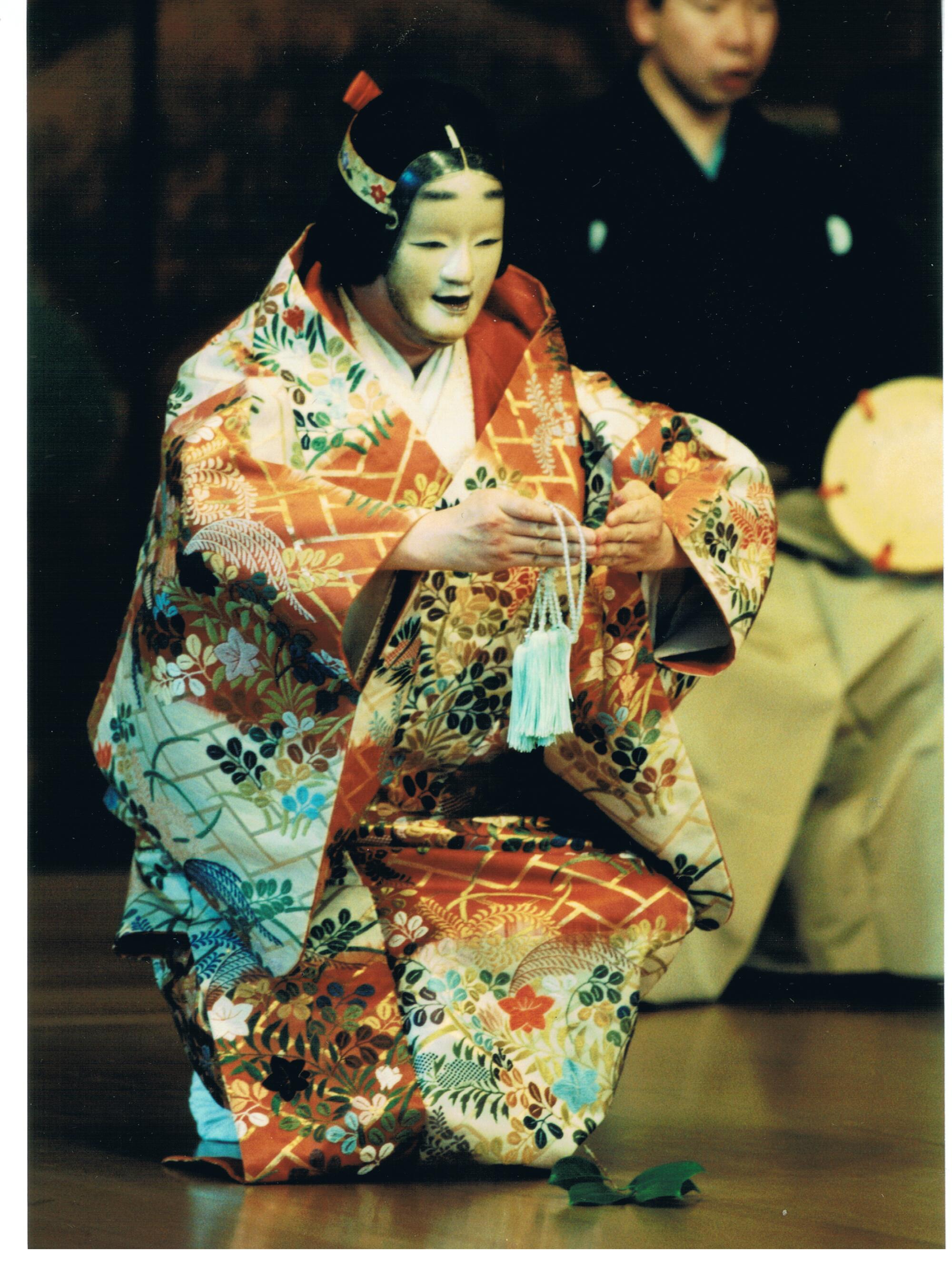|
|||||
| ※学期中に内容が変更になることがあります。 | |||||
|
2020年度
|
||||||||||||||||||||||||||||||||||||||||||||||||||||||||||||||||||||||||||||||||||||||||||
|
||||||||||||||||||||||||||||||||||||||||||||||||||||||||||||||||||||||||||||||||||||||||||
|
||||||||||||||||||||||||||||||||||||||||||||||||||||||||||||||||||||||||||||||||||||||||||
|
<概要/Course Content Summary> We have many Arts in Japan. This course treats of Noh, a kind of Japanese traditional theatre. Noh was created in the 14th century and has been continuously played for more than 650 years. The reason why it exists in the 21th century is very simple. It still makes an impression on contemporary people. Through Noh we try to understand Japanese sensitivity from various points of view, history, literature, tradition, culture and so on.
<到達目標/Goals,Aims> The objective of this class is to get a better understanding of Japanese traditional arts. Through the lectures in class, workshop at Noh theatre, fieldwork in Nara, and watching actual Noh the students will understand theories of Japanese traditional culture. The lectures will also provide anecdotes on the lecturer's experiences as Special Advisor for Cultural Exchange by the Appointment of the Agency for Cultural Affairs Government of Japan, and as a professional Noh actor. <授業計画/Schedule>
Important Notice: <成績評価基準/Evaluation Criteria>
a) Attendance Paper: You are required to attend the lectures and have to write paper at the end of every lecture.
<成績評価結果/Results of assessment> 成績評価の見方について/Notes for assessment
<参考文献/Reference Book>
<備考/Remarks> CLASSROOM POLICIES |
||||||||||||||||||||||||||||||||||||||||||||||||||||||||||||||||||||||||||||||||||||||||||
|
|
|
お問合せは同志社大学 各学部・研究科事務室まで
|
| Copyright(C) 2020 Doshisha University All Rights Reserved. 無断転載を禁止します。 |
